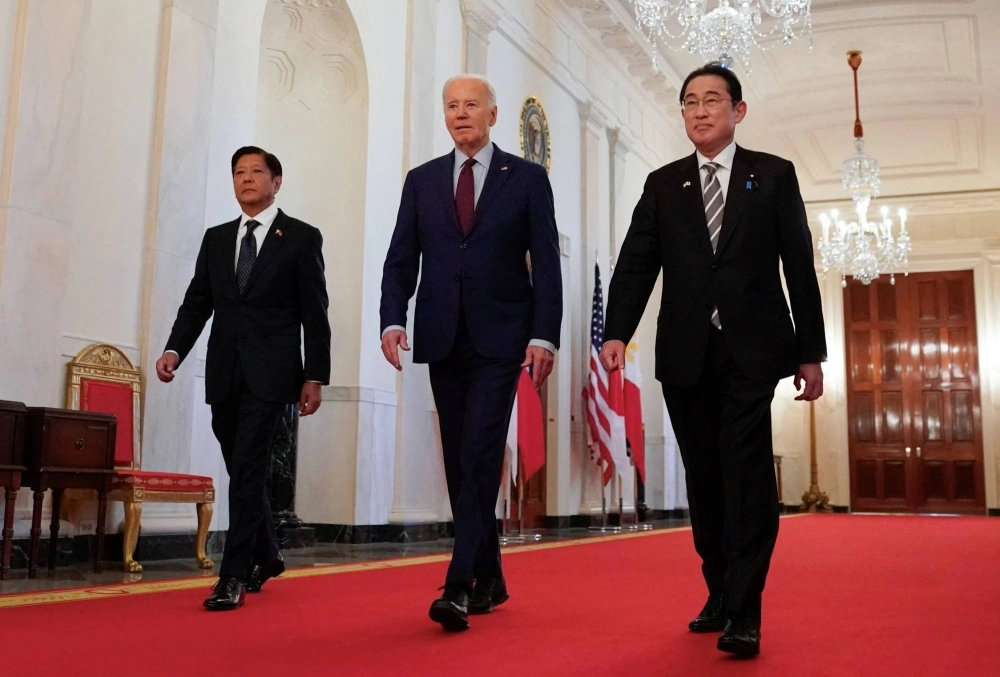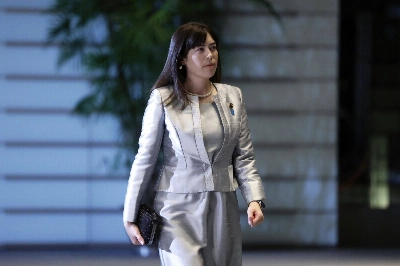Over the course of his administration, U.S. President Joe Biden has doubled down on the launch and strengthening of small security groups to reinforce the U.S.-led defense architecture in the Indo-Pacific. That strategy, largely aimed at deterring and counterbalancing an increasingly powerful China, has hinged on the support of a key member: Japan.
But with geopolitical tensions on the rise and growing signs of an arms race, Tokyo’s position as Washington’s “closest ally” also comes with risks, as any regional conflict involving China or North Korea would likely place Japan on the front lines — a development with potentially unforeseeable consequences, analysts warn.
From “the Quad,” which brings together Japan, India, Australia and the United States, to a more solid trilateral grouping of the U.S., Japan and South Korea, the emerging American-led semi-alliances highlight Washington’s push to go beyond bilateral alliances. These “minilaterals” help “network” the United States’ regional allies, and in some cases its partners, into a common front to deter shared challenges and build up “collective capacity.”


















With your current subscription plan you can comment on stories. However, before writing your first comment, please create a display name in the Profile section of your subscriber account page.